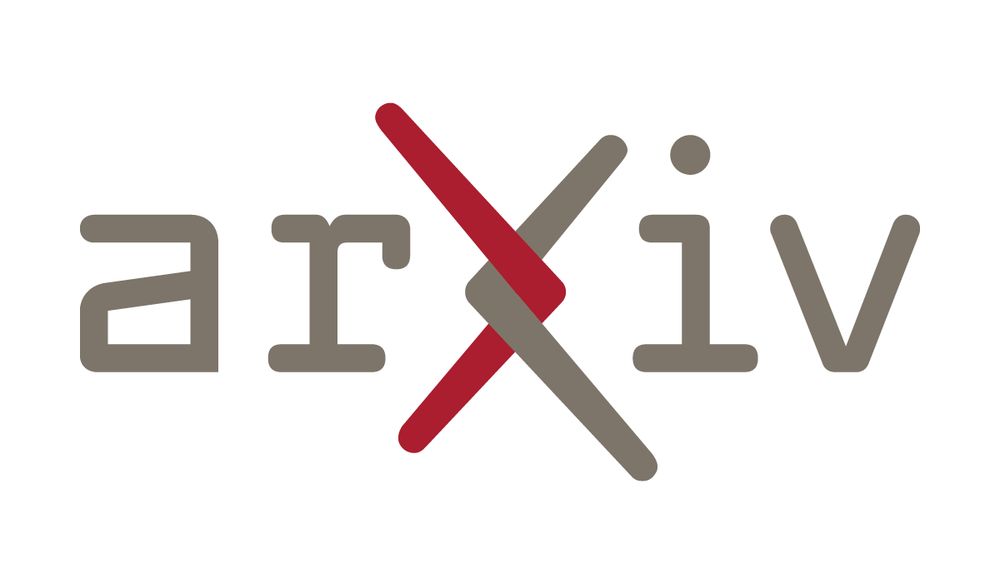
I am interested in constructive mathematics and (constructive and non-constructive) homotopy type theory and […]
🌉 bridged from ⁂ https://mathstodon.xyz/@MartinEscardo, follow @ap.brid.gy to interact
What's sadder is that a lot of countries are copying it, to the extent that fewer and fewer people laugh about this.
What's sadder is that a lot of countries are copying it, to the extent that fewer and fewer people laugh about this.
Funnily enough, something very similar happened to me two days ago.
I connected my […]
Funnily enough, something very similar happened to me two days ago.
I connected my […]
@de_Jong_Tom Developed this in TypeTopology:
https://cs.bham.ac.uk/~mhe/TypeTopology/DomainTheory.Lifting.LiftingDcpo.html
So in principle we just need to put things together.
@jonmsterling
@de_Jong_Tom Developed this in TypeTopology:
https://cs.bham.ac.uk/~mhe/TypeTopology/DomainTheory.Lifting.LiftingDcpo.html
So in principle we just need to put things together.
@jonmsterling
By the way, there is also a question, labelled by the prefix "TODO", which I find very interesting and for which I would like to know an answer.
I hesitate to call this a conjecture, because I am in two minds.
At some point I thought I could prove that my results are tight.
But […]
By the way, there is also a question, labelled by the prefix "TODO", which I find very interesting and for which I would like to know an answer.
I hesitate to call this a conjecture, because I am in two minds.
At some point I thought I could prove that my results are tight.
But […]
I have quite a few here:
https://martinescardo.github.io/TypeTopology/Various.LawvereFPT.html
@highergeometer @jameshanson
I have quite a few here:
https://martinescardo.github.io/TypeTopology/Various.LawvereFPT.html
@highergeometer @jameshanson
https://martinescardo.github.io/HoTT-UF-in-Agda-Lecture-Notes/HoTT-UF-Agda.html#whatisafunction
https://martinescardo.github.io/HoTT-UF-in-Agda-Lecture-Notes/HoTT-UF-Agda.html#whatisafunction
"Loosely speaking, a mapping from one set, S, into another, T, is a "rule" (whatever that may mean) that associates with each element in S a unique element t in T."
This is followed by a formal definition in set theory as a set of pairs, only to be followed by
"This definition […]
"Loosely speaking, a mapping from one set, S, into another, T, is a "rule" (whatever that may mean) that associates with each element in S a unique element t in T."
This is followed by a formal definition in set theory as a set of pairs, only to be followed by
"This definition […]
is a highly subjective one; what is abstract to one person is very often concrete and down-to-earth to another, and vice versa."
is a highly subjective one; what is abstract to one person is very often concrete and down-to-earth to another, and vice versa."
You probably know that mathematicians do write algorithms in natural language, including Euclid.
But, yes, I agree, my CS students find it more difficult to write algorithms in natural language than in some programming language. Worse, when they learn a second programming language, they […]
You probably know that mathematicians do write algorithms in natural language, including Euclid.
But, yes, I agree, my CS students find it more difficult to write algorithms in natural language than in some programming language. Worse, when they learn a second programming language, they […]
Consider the above link as a blog post.
When the Haskell file was […]
Consider the above link as a blog post.
When the Haskell file was […]
https://mathstodon.xyz/deck/@MartinEscardo/111291658836418672
https://mathstodon.xyz/deck/@MartinEscardo/111291658836418672


